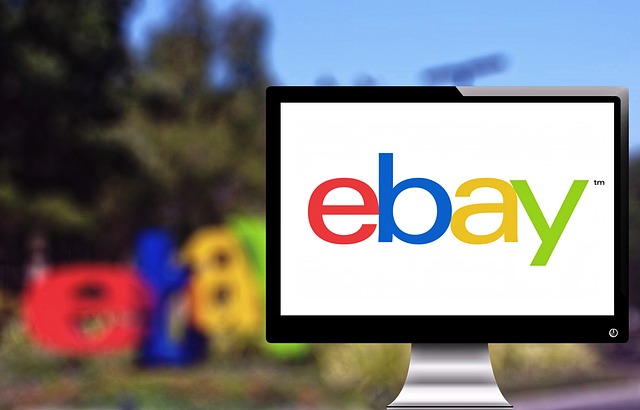Selling on eBay has its pros and cons. But financially, its pros will outweigh its cons.
It’s simply cost-efficient compared to a traditional business. You don’t need a physical store. Just storing the merchandise is enough.
However, eBay does come with a fair share of fees to watch out for. You’ll need to understand your inventory, eBay fees, and shipping costs.
Plus, it’s necessary for you to calculate a net margin that gets you a fat profit. It could sound complicated, but you always can use eBay calculator to check your final fees and profits.
So what fees are there on eBay, and how do you account for them all? That’ what this guide’s for!
So to get started…
The FOUR Types of Fees
Those would be the:
- Subscription fee
- Insertion fee
- Final value fee
- Managed payments fees
#1 – Subscription Fee
Applying for store space isn’t mandatory. But, eBay likes to offer custom plans for all its users – including larger scale businesses.
You may want to explore higher fees if you’re a regular seller. Those fees are paid monthly, and they grant you extra listings, with smaller fees per listing.
You’ll also get tools that boost your conversion rates! Basically, the higher your subscription package, the less extra fees you pay!
#2 – Insertion Fee
When an item gets listed on eBay, a seller is charged insertion fees.
How do they work? Basically, you get 50 free listings a month as a business or private seller (who isn’t using the eBay store).
You can use those free listings for auction sales, or to sell items at a fixed rate. However, after the listings run out, you pay a flat 35 cents on each listing.
You pay those fees too for each listing and category. Basically, if you have a product under two categories, you pay double listings fees.
Insertion fees aren’t refunded if an item doesn’t sell. Also, when relisting a product, you’re charged the fee again.
What About Listing Upgrades?
Those are optional. As a seller, you can make a listing stand out using subtitles, customized designs, or bolded text.
Those modifications come at a fee, which depend on what you choose.
#3 – Final Value Fee
After an item gets sold, sellers are charged a final value fees.
It isn’t a flat commission. This is paid as a % on the final sales price of products. So that’ll include the product’s cost, packaging/shipping, and extra charges on-sale.
The product’s category also affects the flat % paid.
#4 – Managed Payment Fees
You need a payment processor to get you profits.
That’ll be a 3rd party such as PayPal, which will charge 2.9% from an order, plus 30 cents for each transaction.
There’s also a payment structure. If a product costs over $7500, you’re charged 2.35%.
For lower sales values, you’re charged higher rates, ranging from 3.5% to 10% depending on the category.
Subscription Plan
Also, note that your eBay store subscription affects your payment fees.
If you own anything higher than a basic plan, you pay 4 to 9.15% for most listings. Payment caps are also dropped per category, which is vital for high item value sellers.
Shipping Costs
The final value fee affects shipping costs. This depends on the option shoppers select and pay for.
For US sellers that offer international or one-day shipping, the fees will be calculated according to the cheapest offered option!








Recent Comments